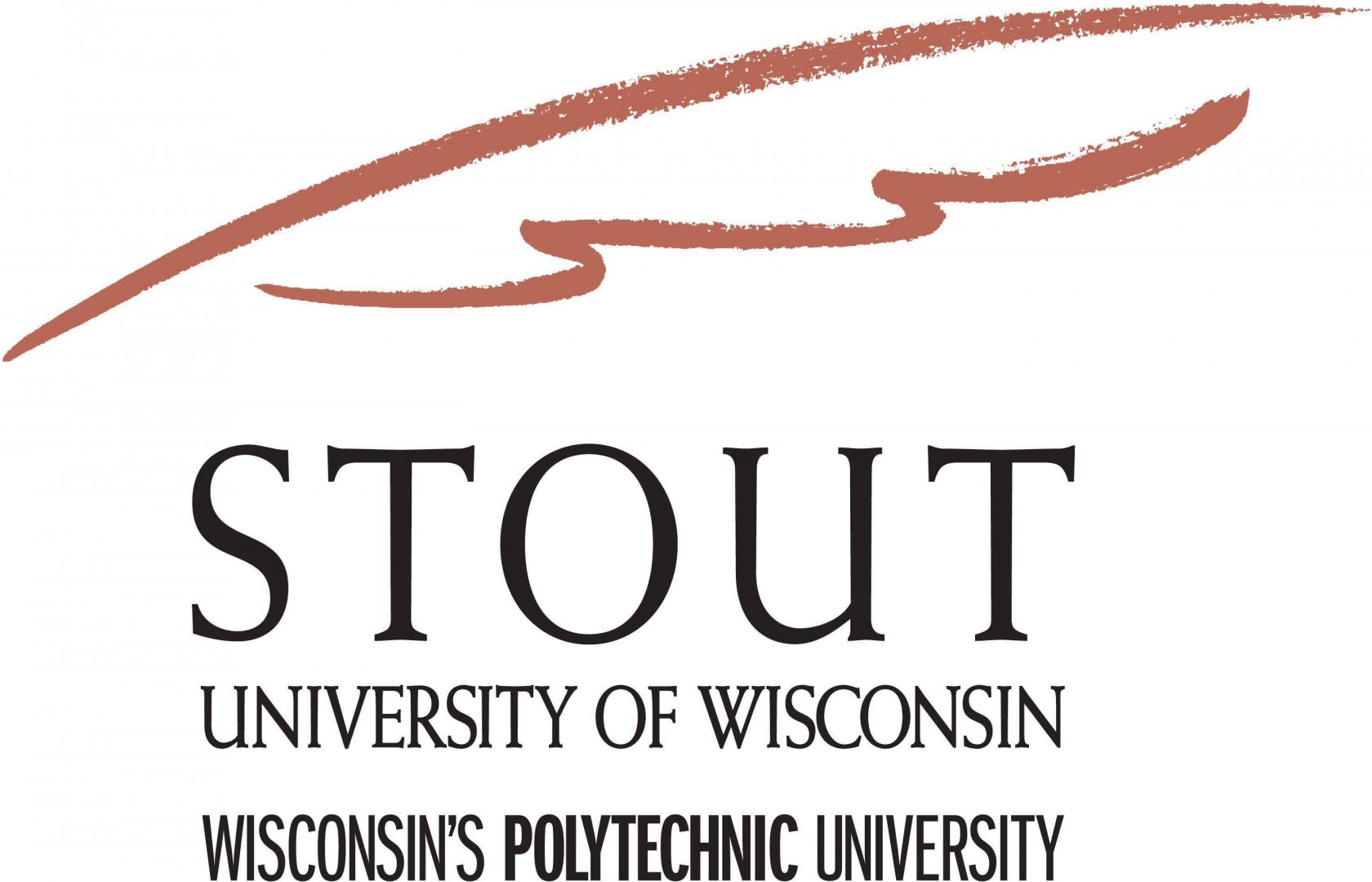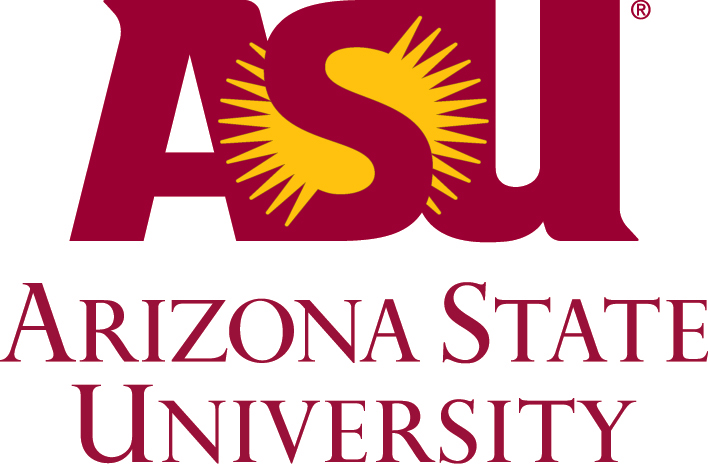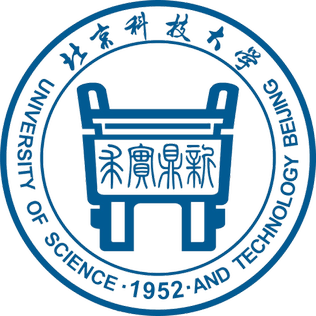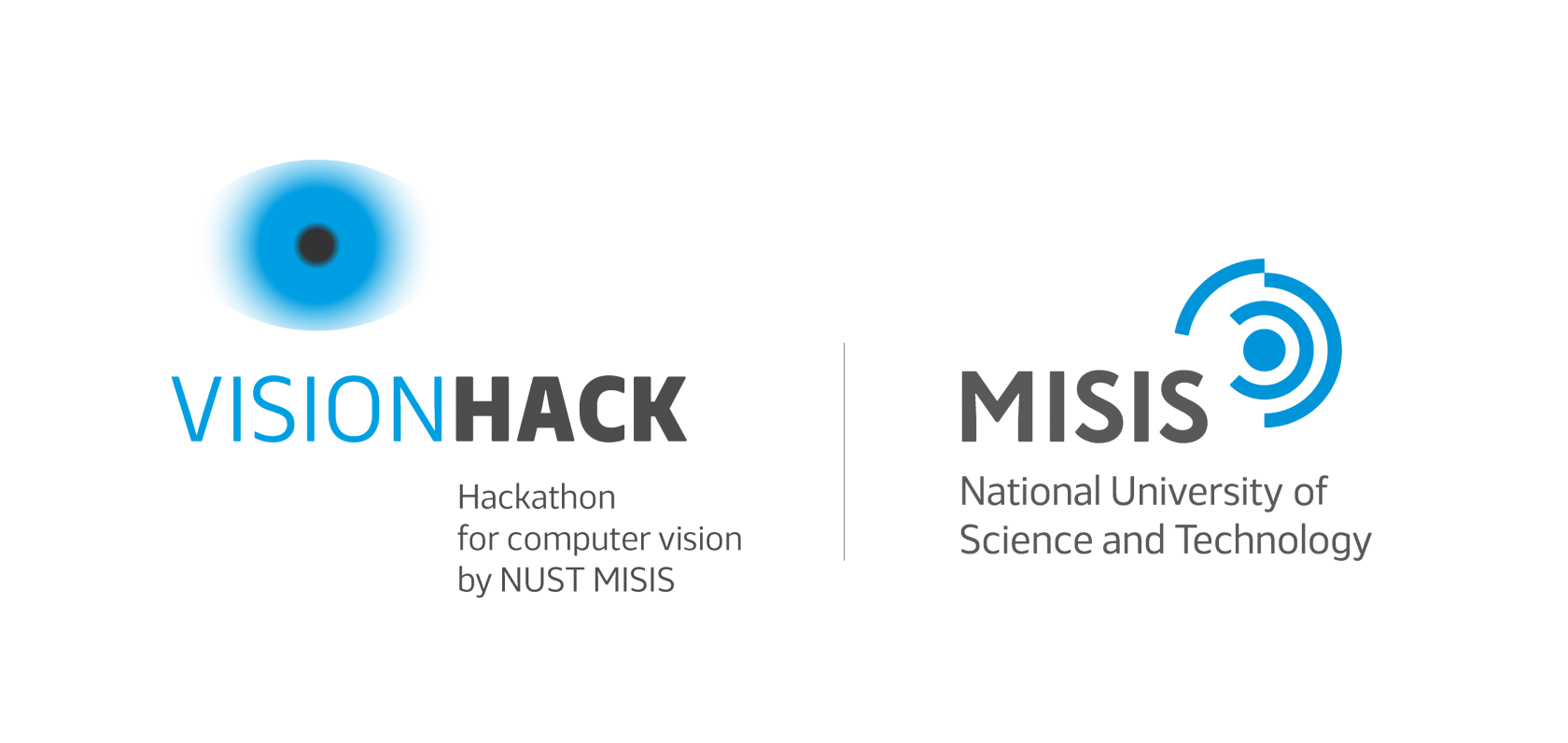Participants
Russian universities
Foreign universities
University of Cambridge
The University of Cambridge (informally Cambridge University) is a collegiate public research university in Cambridge, England. Founded in 1209 and granted a royal charter by King Henry III in 1231, Cambridge is the second-oldest university in the English-speaking world and the world's third-oldest surviving university. The university grew out of an association of scholars who left the University of Oxfordafter a dispute with the townspeople. The two ancient universities share many common features and are often referred to jointly as "Oxbridge".
As of 2017, Cambridge is ranked the world's fourth best university by three ranking tables and no other institution in the world ranks in the top 10 for as many subjects.Cambridge is consistently ranked among the top universities in the United Kingdom. The university has educated many notable alumni, including eminent mathematicians, scientists, politicians, lawyers, philosophers, writers, actors, and foreign Heads of State. Ninety-five Nobel laureates, fifteen British prime ministers and ten Fields medalists have been affiliated with Cambridge as students, faculty, or alumni.
As of 2017, Cambridge is ranked the world's fourth best university by three ranking tables and no other institution in the world ranks in the top 10 for as many subjects.Cambridge is consistently ranked among the top universities in the United Kingdom. The university has educated many notable alumni, including eminent mathematicians, scientists, politicians, lawyers, philosophers, writers, actors, and foreign Heads of State. Ninety-five Nobel laureates, fifteen British prime ministers and ten Fields medalists have been affiliated with Cambridge as students, faculty, or alumni.

University of Wisconsin Stout
The University of Wisconsin–Stout (UW–Stout or Stout) is a four-year college located in Menomonie, Wisconsin, United States. A member of the University of Wisconsin System, it enrolls more than 9,600 students. The school was founded in 1891 and named in honor of its founder, lumber magnate James Huff Stout.
On March 9, 2007, Stout was designated "Wisconsin's Polytechnic University" by the University of Wisconsin System Board of Regents. It is one of two special mission universities in the University of Wisconsin System: it provides focused programs "related to professional careers in industry, technology, home economics, applied art, and the helping professions.UW–Stout offers 50 undergraduate majors, 26 graduate majors, including 2 advanced graduate majors and a doctorate.
On March 9, 2007, Stout was designated "Wisconsin's Polytechnic University" by the University of Wisconsin System Board of Regents. It is one of two special mission universities in the University of Wisconsin System: it provides focused programs "related to professional careers in industry, technology, home economics, applied art, and the helping professions.UW–Stout offers 50 undergraduate majors, 26 graduate majors, including 2 advanced graduate majors and a doctorate.

Polytechnic University
of Catalonia
of Catalonia
Polytechnic University of Catalonia, currently referred to as BarcelonaTech and commonly named just as UPC, is the largest engineering university in Catalonia, Spain. It also offers programs in other disciplines such as mathematics and architecture.
UPC's objectives are based on internationalization, as it is one of Europe's technical universities with the most international PhD students and the university with the largest share of international master's degree students. UPC is a university aiming at achieving the highest degree of engineering/technical excellence and has bilateral agreements with several top-ranked European universities.
UPC's objectives are based on internationalization, as it is one of Europe's technical universities with the most international PhD students and the university with the largest share of international master's degree students. UPC is a university aiming at achieving the highest degree of engineering/technical excellence and has bilateral agreements with several top-ranked European universities.

Massachusetts Institute
of Technology (MIT)
of Technology (MIT)
The Massachusetts Institute of Technology (MIT) is a private research university in Cambridge, Massachusetts, often cited as one of the world's most prestigious universities.The Institute is traditionally known for its research and education in the physical sciences and engineering, and more recently in biology, economics, linguistics, and management as well. MIT is a member of the Association of American Universities (AAU) and founder of the Amsterdam Institute for Advanced Metropolitan Solutions (AMS Institute). For several years, MIT's School of Engineering has been ranked first in various international and national university rankings, and the Institute is also often ranked among the world's top

Arizona State University
Arizona State University (commonly referred to as ASU or Arizona State) is a public metropolitan research university on five campuses across the Phoenix metropolitan area and four regional learning centers throughout Arizona. The 2017 university ratings by U.S. News & World Report rank ASU No. 1 among the Most Innovative Schools in America for the second year in a row.
ASU is one of the largest public universities by enrollment in the U.S. It had approximately 72,000 students enrolled in fall 2016, including nearly 59,000 undergraduate and more than 13,000 graduate students. ASU's charter, approved by the board of regents in 2014, is based on the "New American University" model created by ASU President Crow. It defines ASU as "a comprehensive public research university, measured not by whom it excludes, but rather by whom it includes and how they succeed; advancing research and discovery of public value; and assuming fundamental responsibility for the economic, social, cultural and overall health of the communities it serves."
ASU is one of the largest public universities by enrollment in the U.S. It had approximately 72,000 students enrolled in fall 2016, including nearly 59,000 undergraduate and more than 13,000 graduate students. ASU's charter, approved by the board of regents in 2014, is based on the "New American University" model created by ASU President Crow. It defines ASU as "a comprehensive public research university, measured not by whom it excludes, but rather by whom it includes and how they succeed; advancing research and discovery of public value; and assuming fundamental responsibility for the economic, social, cultural and overall health of the communities it serves."

Harbin Institute of Technology
The Harbin Institute of Technology is a research university in China and a member of China's elite C9 League. HIT has three campuses, spanning the country from north to south: the Harbin campus in Heilongjiang Province, the Weihai campus in Shandong Province and the Shenzheng raduate school in Guangdong Province.
HIT is consistently ranked as one of the top universities in the country with a focus on science and engineering. HIT was ranked 7th in the Best Global Universities for Engineering by U.S. News in 2016. HIT is one of only a handful of universities in the world that have designed, built, and launched their own satellites (in 2004, 2008 and 2013).
HIT is consistently ranked as one of the top universities in the country with a focus on science and engineering. HIT was ranked 7th in the Best Global Universities for Engineering by U.S. News in 2016. HIT is one of only a handful of universities in the world that have designed, built, and launched their own satellites (in 2004, 2008 and 2013).

Peking University
Peking University is a major Chinese research university located in Beijing and a member of the C9 League. It is the first modern national university established in China, founded as the Imperial University of Peking in 1898 as a replacement of the ancient Guozijian (Imperial Academy). It also served as the highest administration for education in China at the beginning of its founding. By 1920, it had become a center for progressive thought. Peking University is consistently ranked as the top academic institution in China. As of 2017, it is ranked among the world's top 20 universities according to Times Higher Education World Reputation Rankings. In addition to academics, Peking University is especially renowned for its campus grounds and the beauty of its traditional Chinese architecture.

University of Science
and Technology Beijing
and Technology Beijing
The University of Science and Technology Beijing formerly known as Beijing Steel and Iron Institute before 1988, is a national key university in Beijing, China. USTB's metallurgy and materials science programmes are highly regarded in China.
USTB consists of 16 schools, provides 48 undergraduate programs, 121 master programs, 73 doctoral programs and 16 postdoctoral research fields. USTB attaches great importance to the establishment and development of its academic disciplines. As a result of many years of development, 12 national key disciplines such as Ferrous Metallurgy, Materials Science, Materials Processing Engineering, Mechanical Design and Theory and Mining Engineering etc. have long enjoyed established fame both at home and abroad, so are Management Science and Engineering, History of Science and Technology which have won a high reputation as well. Disciplines such as Control Theory and Control Engineering, Thermal Engineering, and Mechatronic Engineering are being developed on a solid basis. In addition, newly developed disciplines such as Computer Science, Information Technology, Environmental Engineering, and Civil Engineering, are glowing with vigor and vitality.
USTB consists of 16 schools, provides 48 undergraduate programs, 121 master programs, 73 doctoral programs and 16 postdoctoral research fields. USTB attaches great importance to the establishment and development of its academic disciplines. As a result of many years of development, 12 national key disciplines such as Ferrous Metallurgy, Materials Science, Materials Processing Engineering, Mechanical Design and Theory and Mining Engineering etc. have long enjoyed established fame both at home and abroad, so are Management Science and Engineering, History of Science and Technology which have won a high reputation as well. Disciplines such as Control Theory and Control Engineering, Thermal Engineering, and Mechatronic Engineering are being developed on a solid basis. In addition, newly developed disciplines such as Computer Science, Information Technology, Environmental Engineering, and Civil Engineering, are glowing with vigor and vitality.

